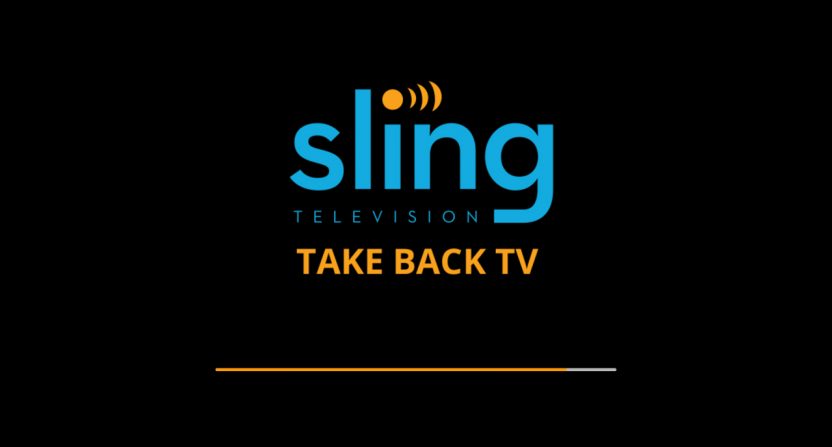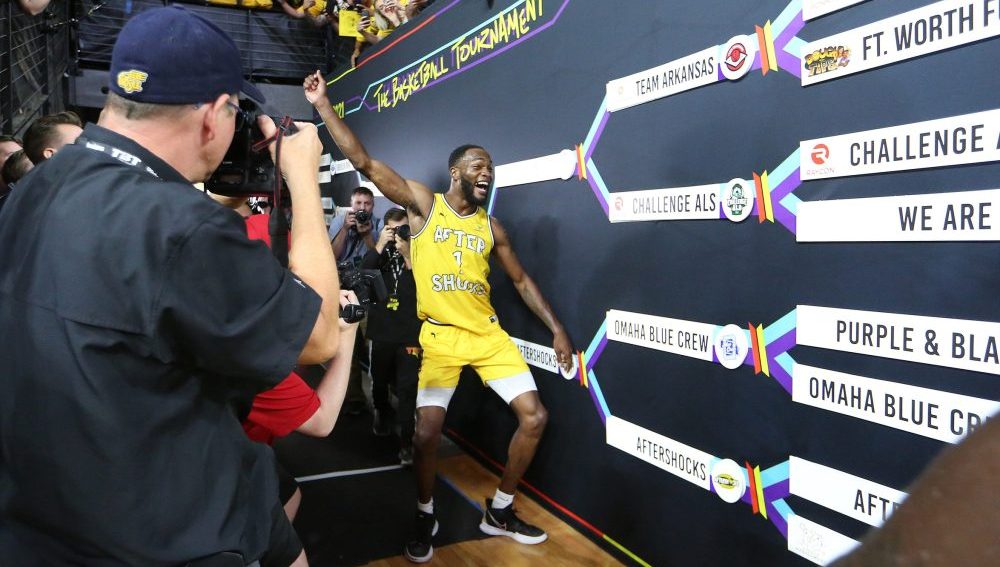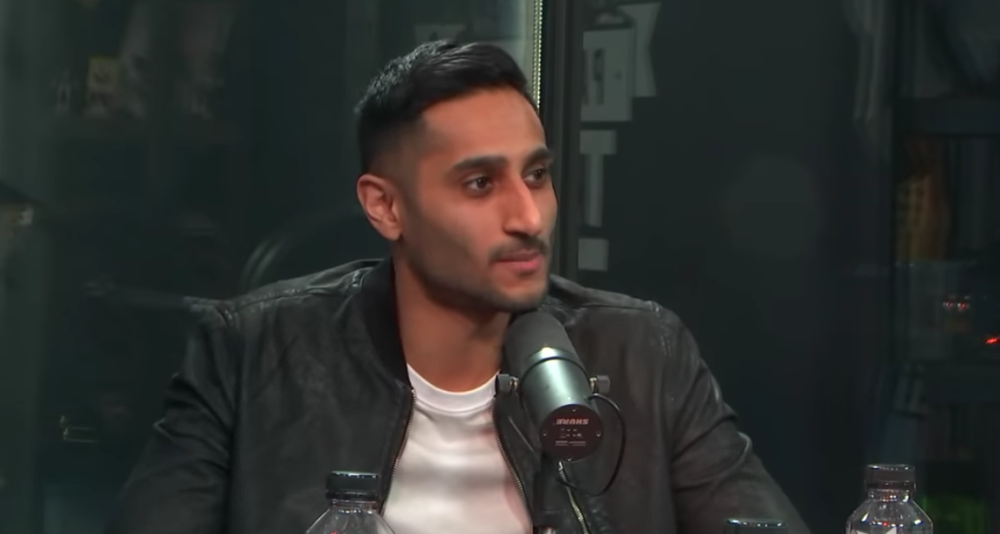I bought my parents a Roku this past year. It was, to say the least, painful showing them how to use it. My mom still doesn’t know how to DVR something, so introducing them to a new form of media requires patience. But, after a few lessons, I can say they are pros. Sort of.
As the media landscape evolves and continues to change how we get our content, it’s becoming increasingly more popular and practical to ditch the cable bundle and get an “over the top” service instead. Earlier this week, you probably saw that NBC finally has signed on to join the rest of the major networks to be added to Hulu’s live streaming service, supposedly launching in the next few weeks.
So is it worth taking the jump? The pricing being advertised is very affordable, the services are simple and easy to set up, and there are no contracts to abide by. On the surface, it sure seems as if you’re saving quite a bit a month. But are you?
The contracts between the networks and your content provider
Being able to offer the family of major networks, especially sports, on an OTT service is no small feat. It takes a lot of work for both the network and provider to come to an agreement. For instance, price. Most networks are still getting the same amount of money from your provider in order to make the deal even worth it for them. There are also caps inserted in to the agreements at certain percentages that doesn’t allow a provider’s local broadcast tier of channels to be offered to more than a very small amount of subscribers.
Basically, if they allowed no cap on this, you could call up your provider and just get the broadcast channel package, and then get an OTT service for all of the other channels. Networks have helped put the brakes on that as the business has changed. With this language, the provider is able to still offer a broadcast or family channel tier and still make money off of the broadband, and the networks are able to still keep their most popular channels in front of the same amount of people.
But broadcast tier packages are rarely offered by a provider and if they are, they are usually not advertised and only offered in certain markets. This is so one non-broadcast channel isn’t offered to more subscribers than another. You can’t put a package together including ESPN with your local broadcast channels and sell the tier that way, and then put Fox Sports 1 on the next package up. They can’t be on separate tiers; they have to be in front of the same amount of eyeballs. When you start to move up in to special tiers and channel packages, fewer amounts of people will see these. Less subscribers means less money overall.
What to look for in an OTT service
The latest
Certain networks also only allow their live streams to be watched in home; out-of-home is another set of requirements. You’d have to use the On Demand feature to watch programming in those cases. Local sports are usually high up on that list of desires, and the Sling TV Orange package for $20 a month isn’t going to get you your FOX regional sports network.
The best option for an OTT service is going to be the most content for what you are paying, combined with what your provider is offering on a broadband front. Most OTT services also offer a streaming device at no charge.
In addition, bundling is key. AT&T has a great deal currently for DirecTV NOW if you currently have the AT&T unlimited data plan for your mobile device. While providers preach against networks bundling channels, they are doing the same by bundling their services. This is because video is much more expensive than broadband. Most providers don’t make a profit off of the networks they carry anymore; they are making it off of the internet they are providing. The markup is huge.
Is it really a better deal?
If you’re going to pay $40 for an OTT service, combined with $60 a month for broadband, plus add-on services like Netflix and Hulu, it may end up being right around what you are paying now. However, the ease of not having a cable box in every room, paying a monthly fee for it, being locked in to a contract, or paying for HD (did you know most networks don’t charge your provider for the HD feed? The fee you are paying for is actually the set top box), I think is worth it.
Plus, you can get your first streaming device for free (like I mentioned above) and buy another, even refurbished, at a very low price and put one in each room. Best of all, once you log in, both devices sync, so watching half of Better Call Saul in your living room can be finished when you’re heading to bed (like I do).
If you’re going to stay on the traditional cable route, always be sure to call your provider to take advantage of current deals. And the best trick – if you’re about to cancel your service, call and ask for retention. As Drake would say, you can thank me later.





